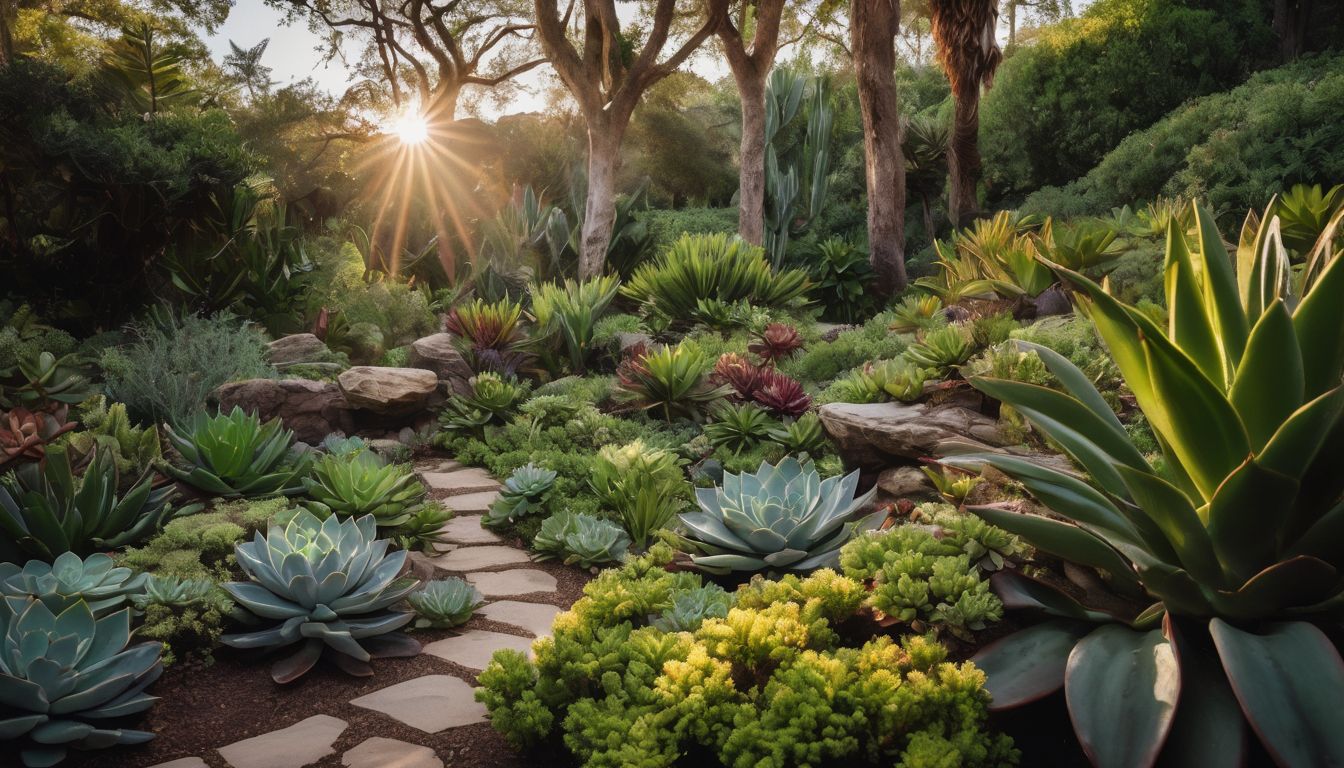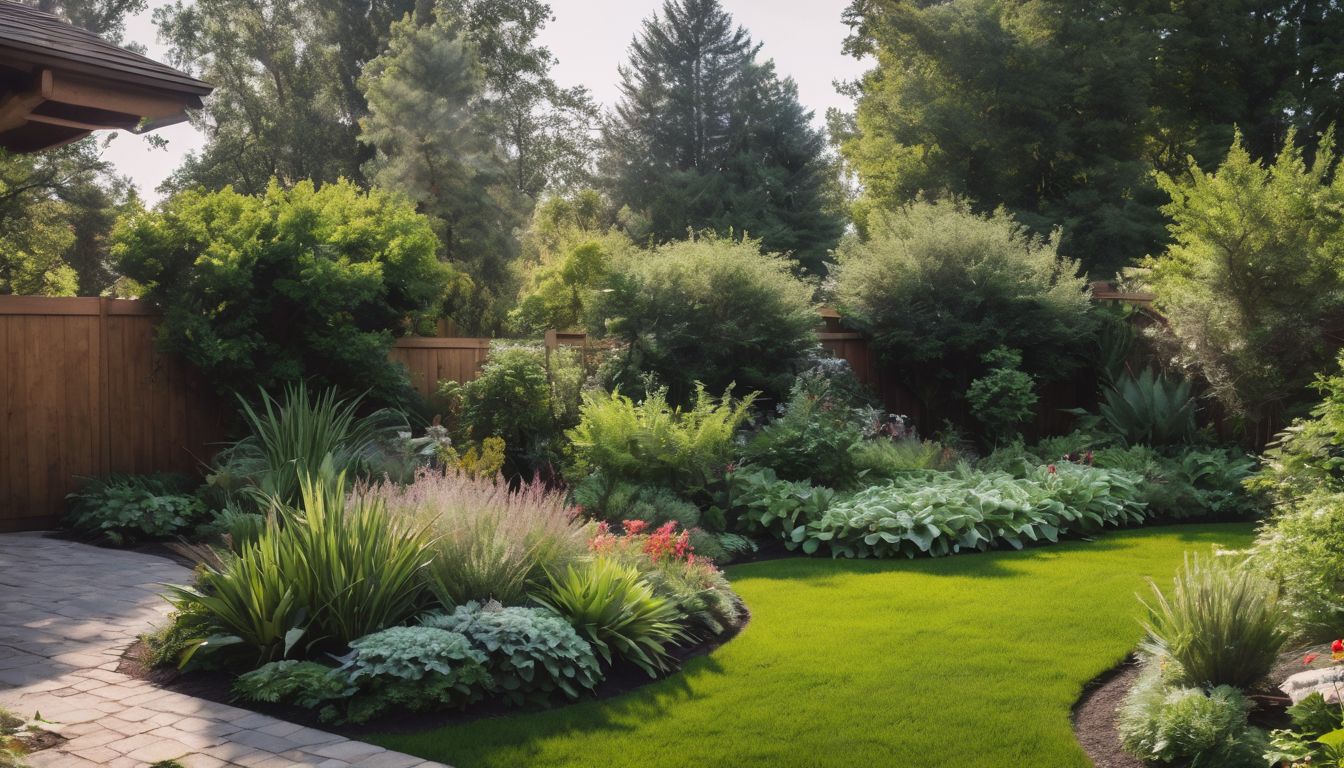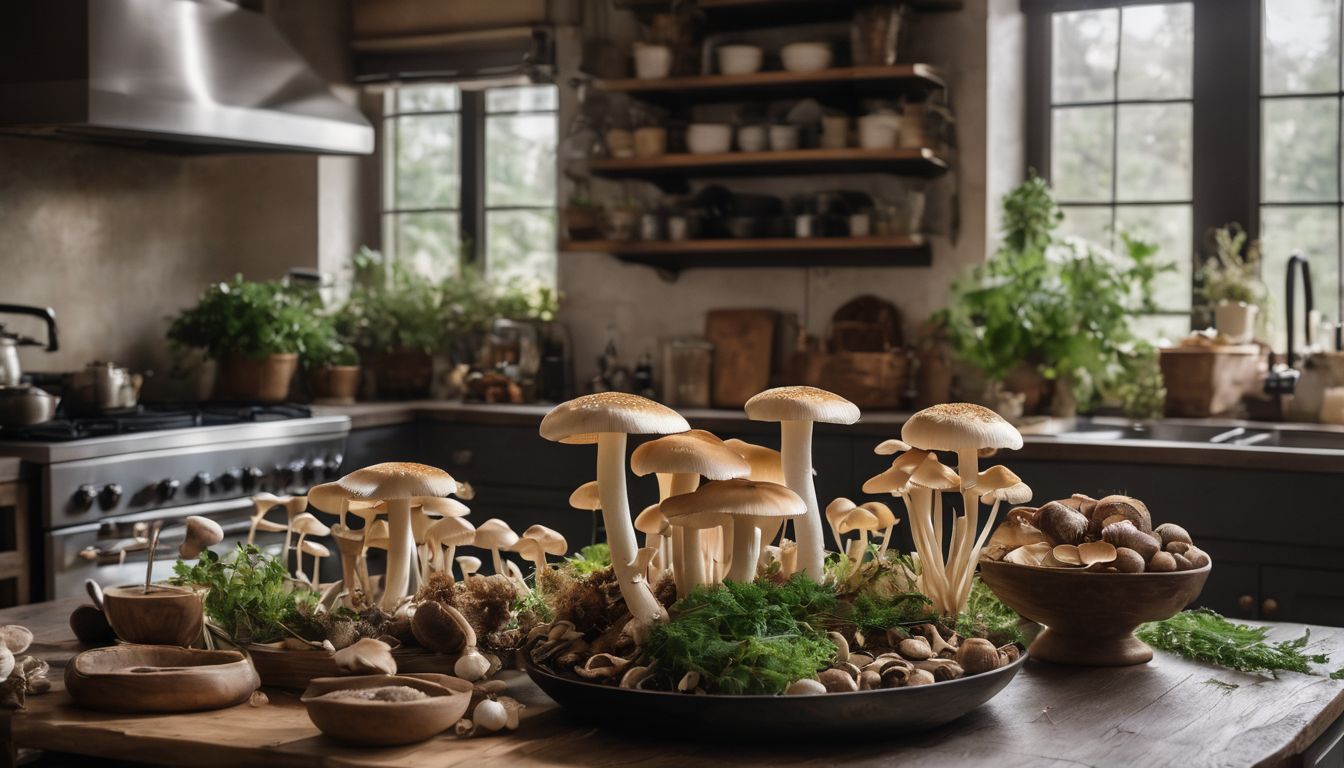Gardens can make any yard both beautiful and intricate while providing you with a healthy, outdoor hobby. But just because you’re growing your own vegetables doesn’t mean your being environmentally-friendly about it. Implementing used water, homemade compost, and native plants can make your backyard a healthful place with a kick of green karma.
BENEFITS to the Environment: High You will be saving water, food, resources, and cutting down your food miles.
BENEFITS to your Wallet: Medium to High When you grow your own, you buy less of someone else’s. And since the only costs are the price of composting and the actual plants and seeds themselves, your wallet will only suffer minor dents.
BENEFITS to your Health: High Mmm! Home grown, organic food!
Cost: Medium
Time and Effort: Medium
Instructions:
1. To have a truly green outdoor garden the first thing you should think about is what type of plants you want. Fruit trees, vegetables, and herbs will be the most nutritionally beneficial because you will be eating food grown with your organic compost that has zero food miles associated with it (see the Greeniacs article at Food Miles for more information on Food Miles). If your green thumb is more prone to flowers or decorative plants, find some that are native to your area. Native plants don’t mean unsightly mountainside shrubberies, beautiful flowers and fruits grow everywhere from the desert to the mountains. They are easier to grow because they are adaptive to the climate and they require less effort on the part of the grower. If you live in a super rainy region of the States, like Seattle, then having native plants that are adjusted to tons of rain is better that experimenting with exotic species that may likely drown with over watering. The same can be true for heavy winter/summer climates or arid areas as well. The United States Department of Agriculture (http://plants.usda.gov/) has a great website where you can find the plants that are native to your state and region.
2. Watering is becoming trickier than it used to be. Water wars and droughts have plagued the western United States, while the East Coast has been recently crippled by water companies cutting off supplies.1 But when you have your own garden it is completely unnecessary to use clean water, and there is always plenty of grey water to go around, regardless of how short you are cutting your showers during this era of water conservation. Grey water is used water that usually just goes down the drain, such as shower water and the sink full of water that is left over after doing dishes by hand. Because grey water is not industrial-strength, it usually lacks potent chemicals that can kill greenery.2
Collecting grey water is easy. One of the simplest methods is to put a bucket or container of some sort—depending on how much water your plants need or how large your garden is—in the shower with you when you’re bathing. Chances are, just having the pail under the shower head at your feet will collect an ample amount of run off. If you are worried that the soaps you are using will harm your garden, it’s never to late to use biodegradable shampoos and soaps!
Before you go pouring dishwater on your babies, however, it is important to use clean water when you are watering your seedlings. The initial growth stages are the most sensitive and you should only start using water with any additives once the plants are established.3
For more information on grey water, check out the Greeniacs Guide: Reuse Your Grey Water.
3. Out of all the things you can do to green your gardening habits, by far the most important is to use your own compost. If you think about it, compost is the perfect form of closing the loop on wastefulness. The majority of food scraps can be used as nutrition for you plants, so not only do you reduce your personal landfill contribution, but you are creating a system of organic agriculture in your own back yard. Zero synthetic fertilizers are used, causing no harmful runoffs to neighboring ecosystems and no eutrophic inorganic compounds down local storm drains. It is a serious win-win.
Composting is a very convenient process that yields high environmental benefits. And composters are so diverse in price, size, cost, and technicality that just about every person is physically and financially capable of using one. Composter.com is a great website to find any kind your heart desires. If you’re tight on space and ready to throw down some serious dough for quality soil, a compost tumbler is your best bet. These devises are usually metal, horizontally situated cylinders that have a crank on the side. Piles of food scraps will break down easier when they are rotated more often. This is because it varies the level of exposure to air, which is needed in the aerobic breakdown of organic compounds, like banana peels and oak leaves. Anaerobic composting takes a lot longer and the microbes that break down foods this way produce methane as a by-product. Basically, the anaerobic process is letting your food rot, which is smellier, less sightly, and requires a lot of patience.4
If you cannot afford a $400 tumbler—yes, they are that expensive—no need to fret. You can do it my parents’ way and just get some gardening fencing and four steaks to create a fenced in area you can just pile you food scraps into. Sure, it’s not super pretty to stare at, but it is super cheap and it works just as well. And to speed up the process, use a rake or a shovel and give your pile a few turns every couple of days to ensure maximum aerobic breakdown. Another simple, but genius, thing my folks do is to have a colander sitting by the sink or a trash can specifically for food scraps next to your regular garbage and recycling cans. Just dump the food into the colander, and when it gets too full, add it to the outdoor compost. This way, the whole family doesn’t need to visit the compost pile every time they need to scrape their plates. For more assistance with and ideas for composting at home, check out: How to Build a Composting Toilet
4. Not all insects are good for your plants and chances are there are some bugs out there that will gladly eat your tomatoes for you. But pesticides and herbicides, like fertilizers, often leech bad chemicals into surrounding environments. Luckily, you can make your own homemade and eco-friendly insecticides with normal kitchen ingredients. The easiest thing to do is to spray normal white vinegar on plant leaves. It prevents the growth of mold, repels most bugs, and as long as the plant is well-established, the sour liquid will not do any harm to it. Beer is also a good one. No, it will not get the crickets and the ants wasted, but it will lure slugs and drown them in, no, not their sorrows, but in the amber ale. Bury a used, disposable pie pan and dig it into the ground deep enough so that the slugs can get in. Lastly, to prevent fungus growth, make a mixture of half water and half milk and spray it over the garden every few days.5
Becoming an eco-gardening zen master is, despite its august title, easier than it looks. Just remember that fertilizer in the wild consists of the break down of the scraps from other species and that the water plants use usually runs off from someplace else. Using these all-recycled ingredients, you can create the great circle of life in your own urban backyard.
For ideas on greening your indoor plant care, check out the Greeniacs Guide: Indoor Plants Guide to Greening Your Plant Care.




